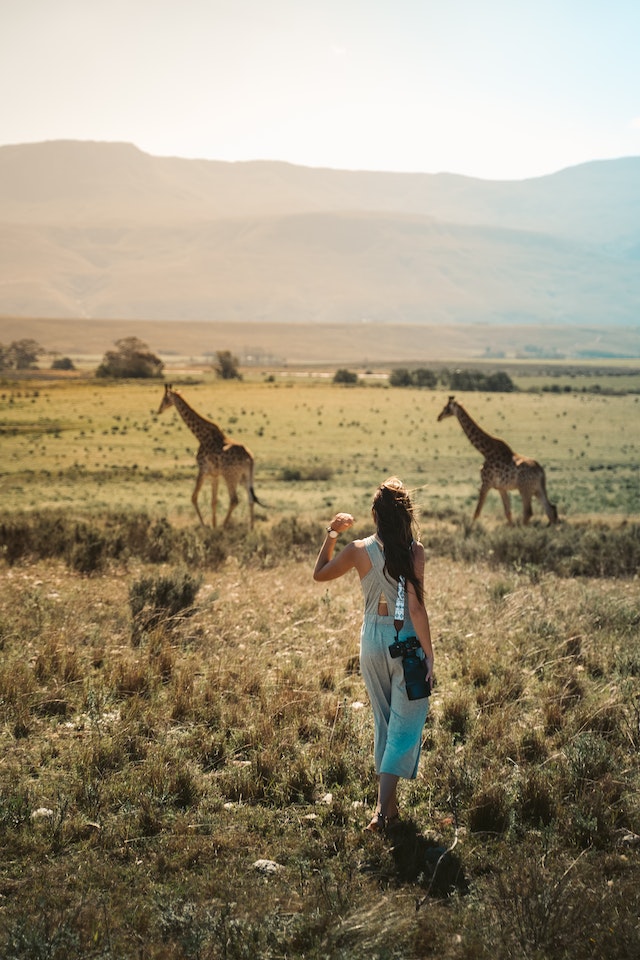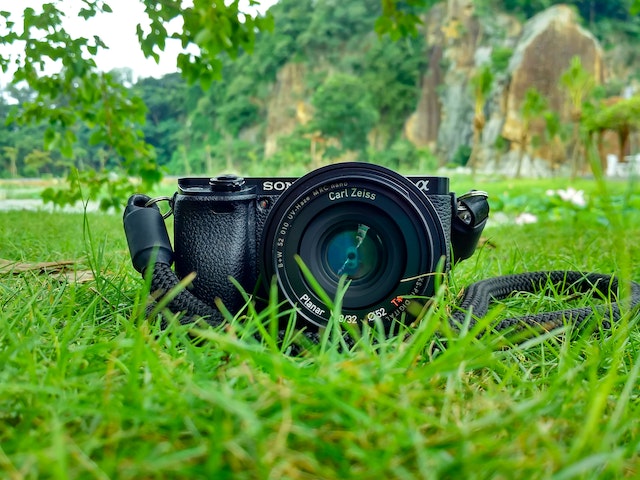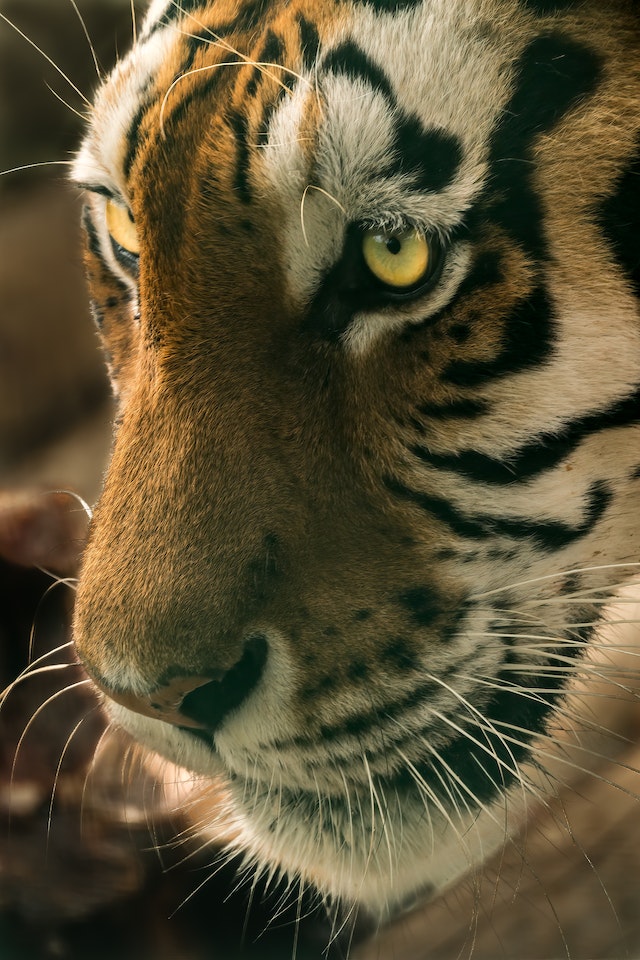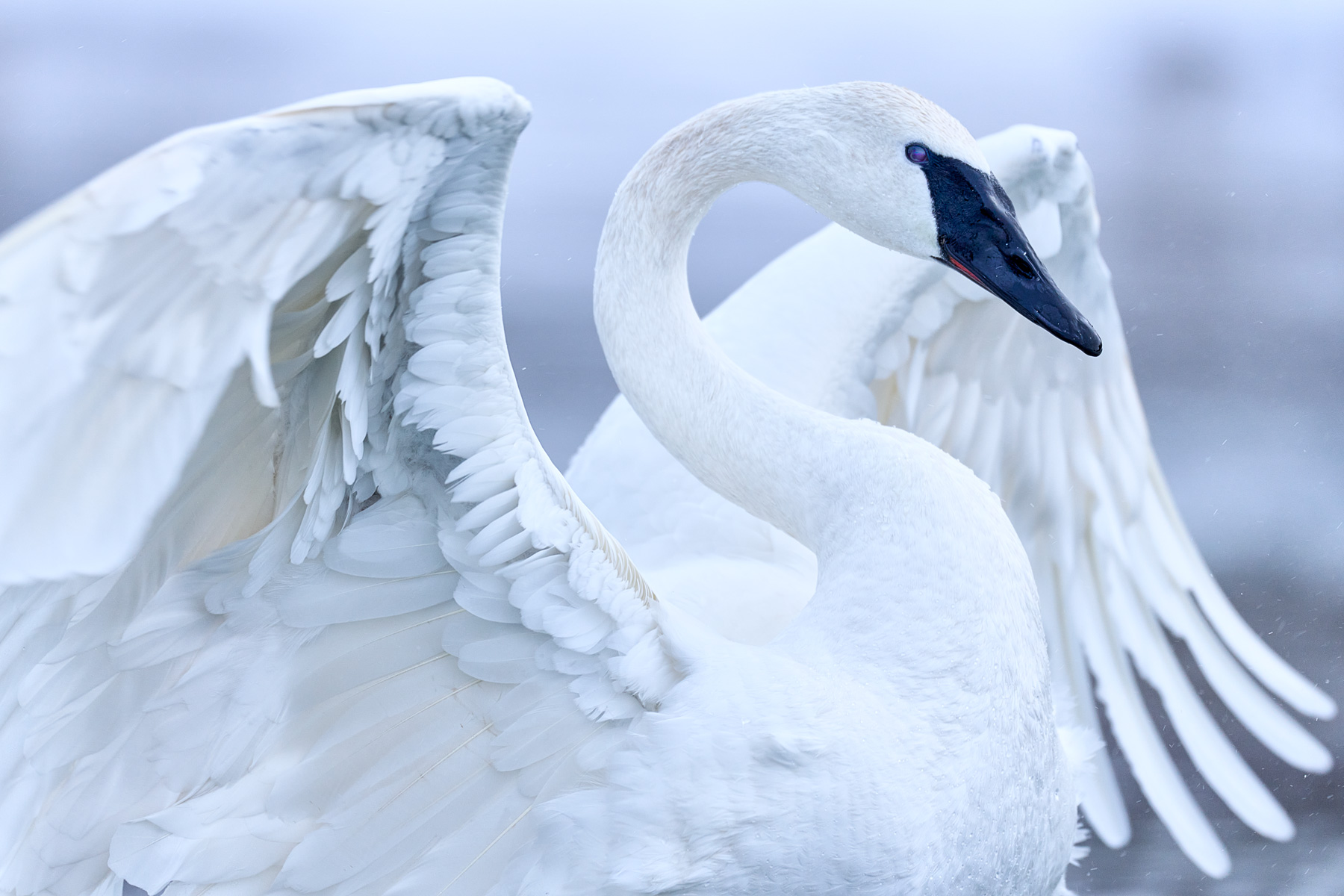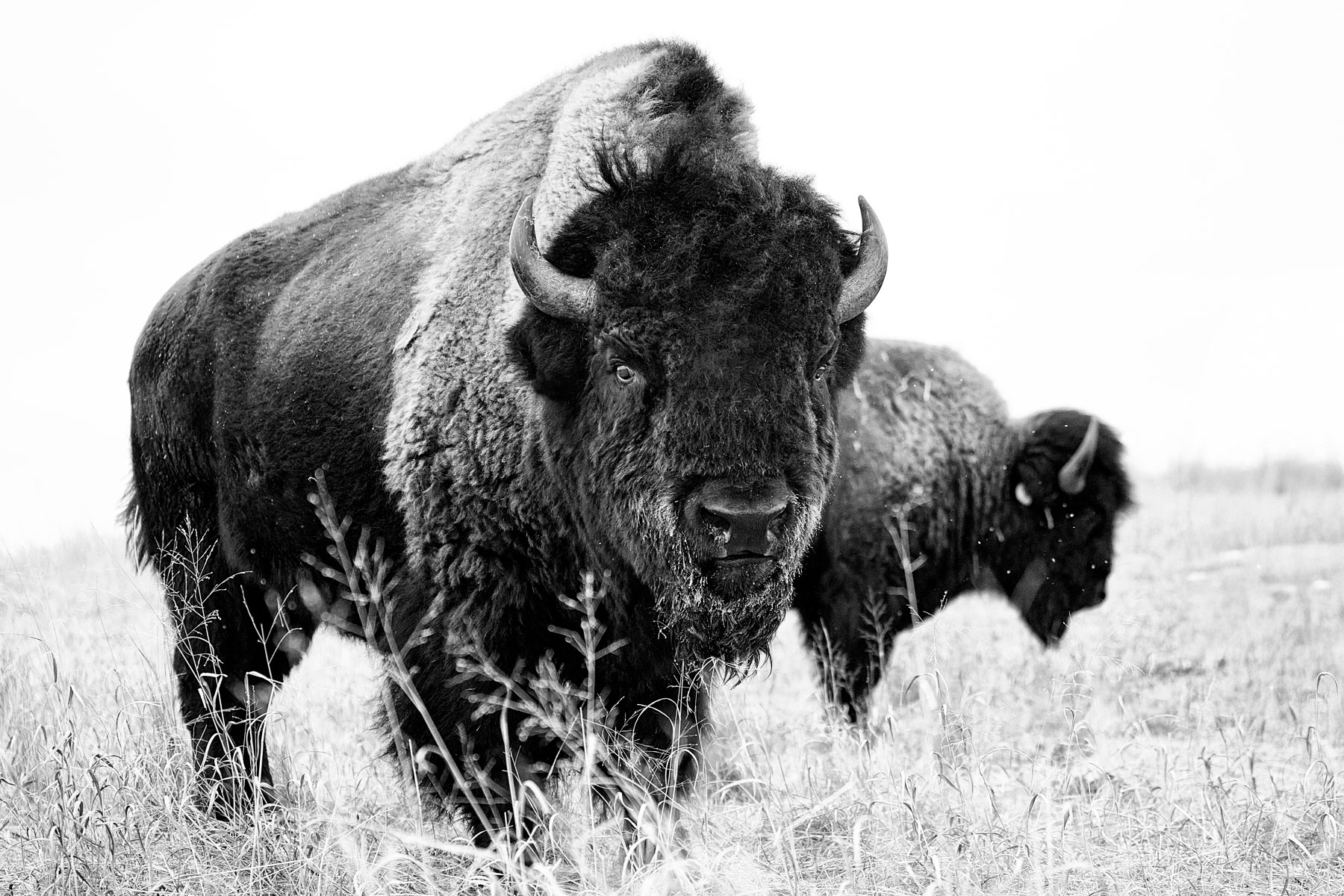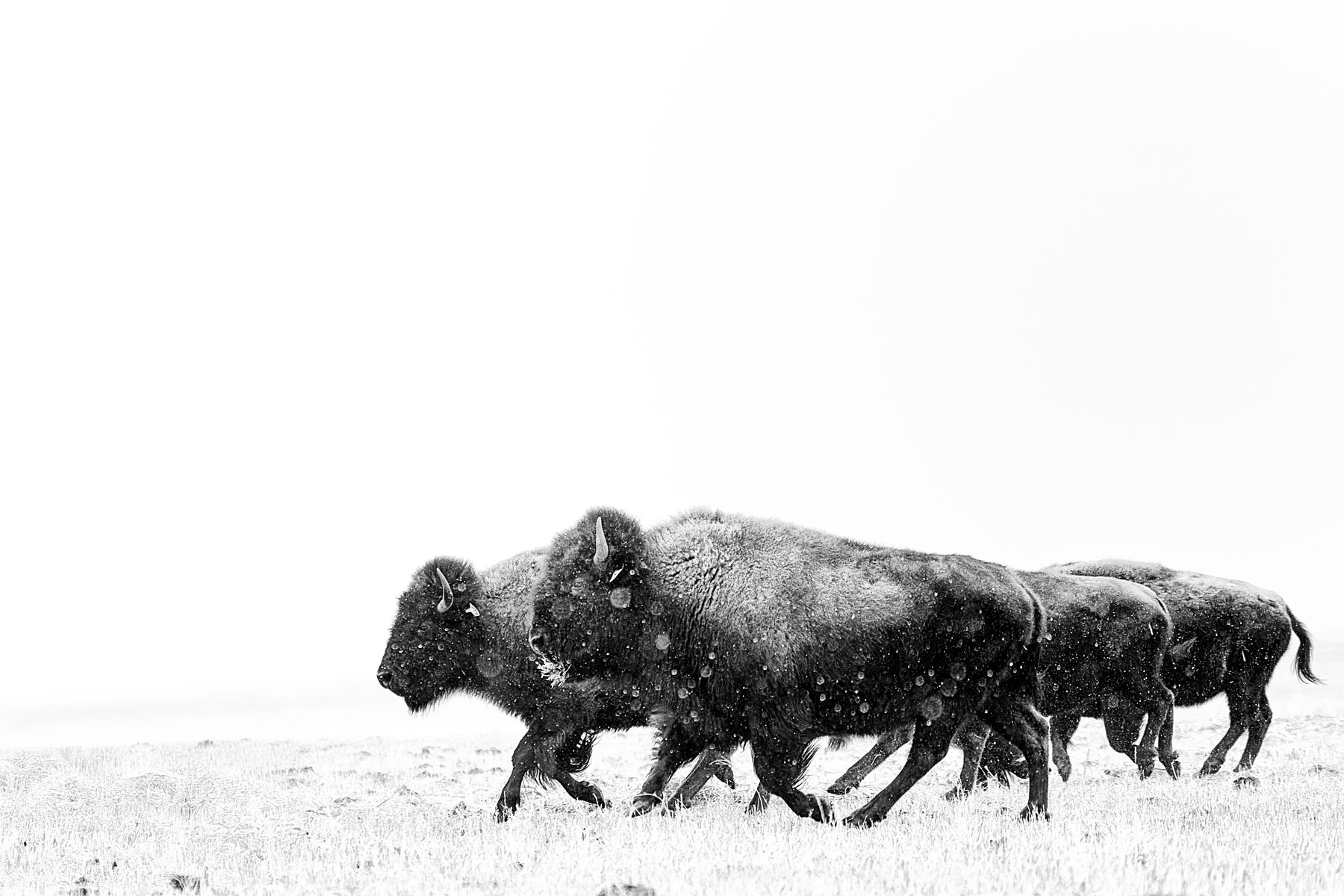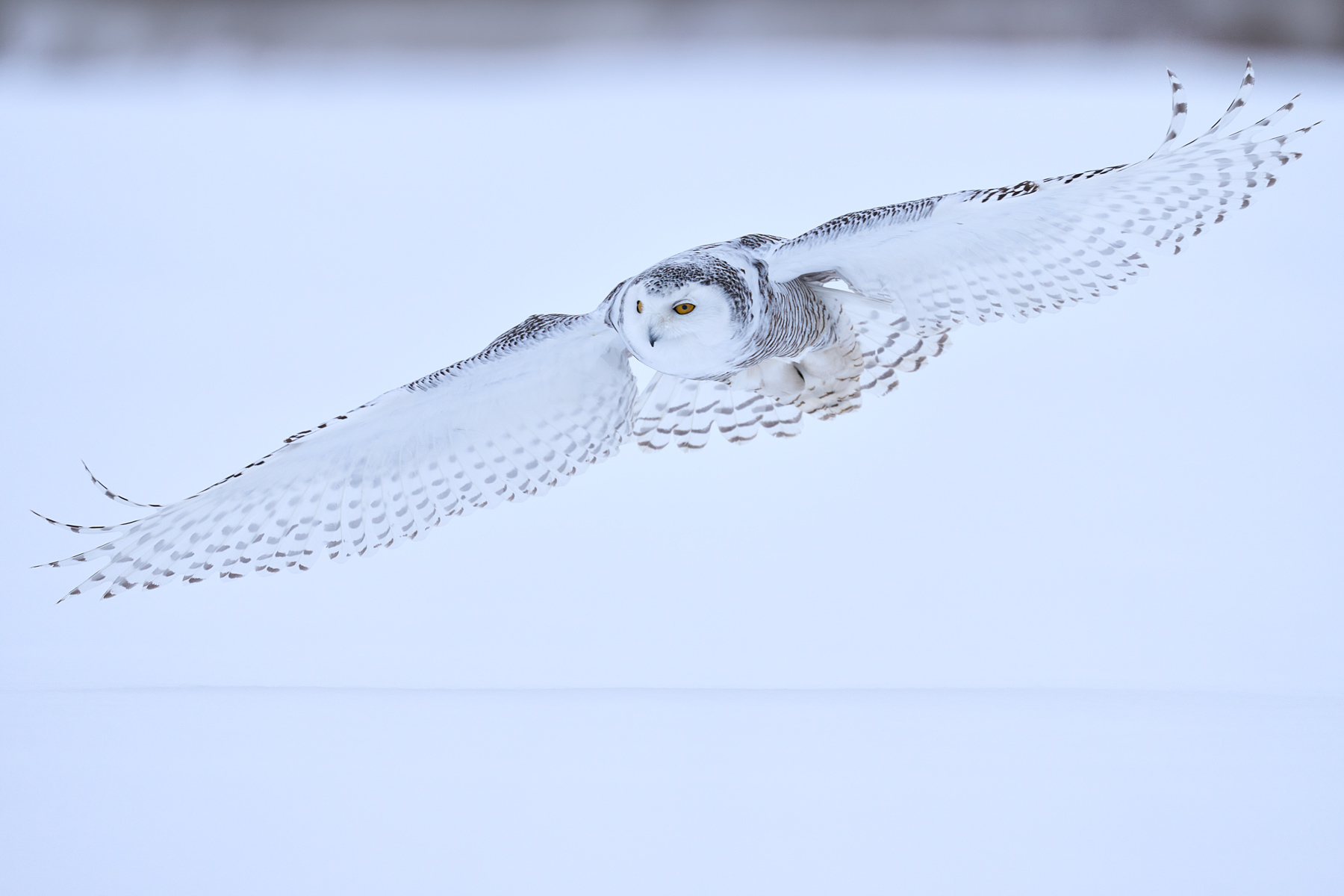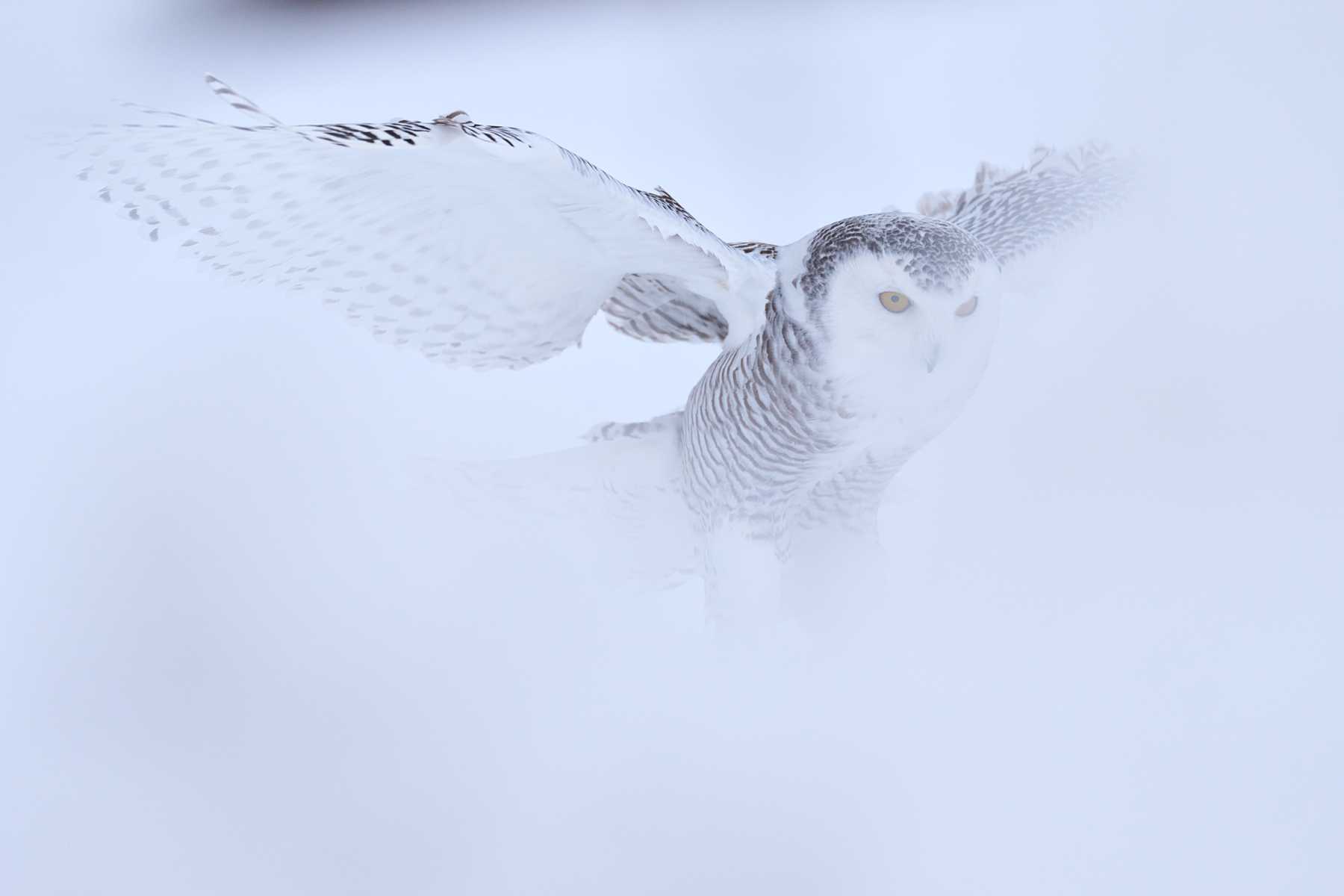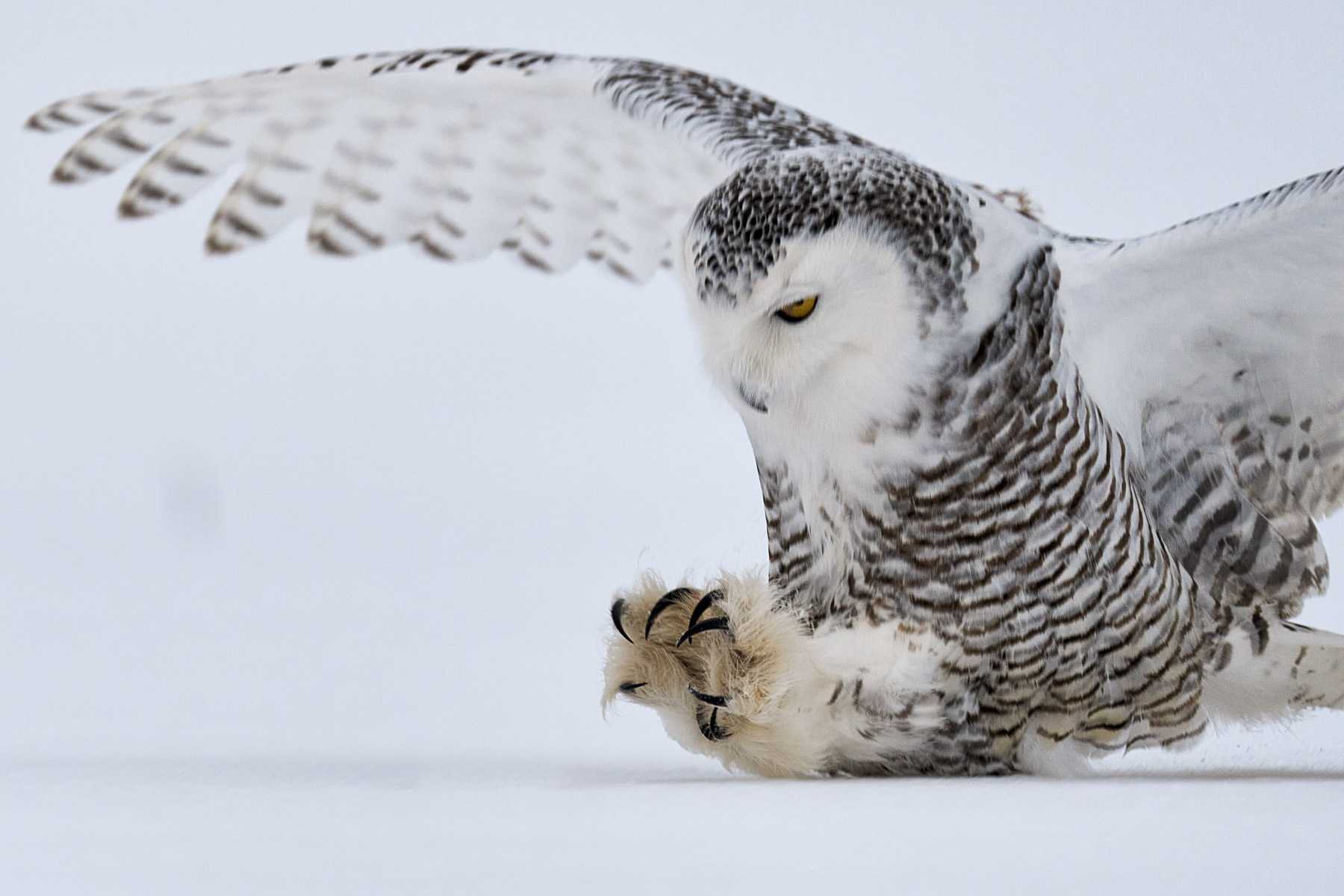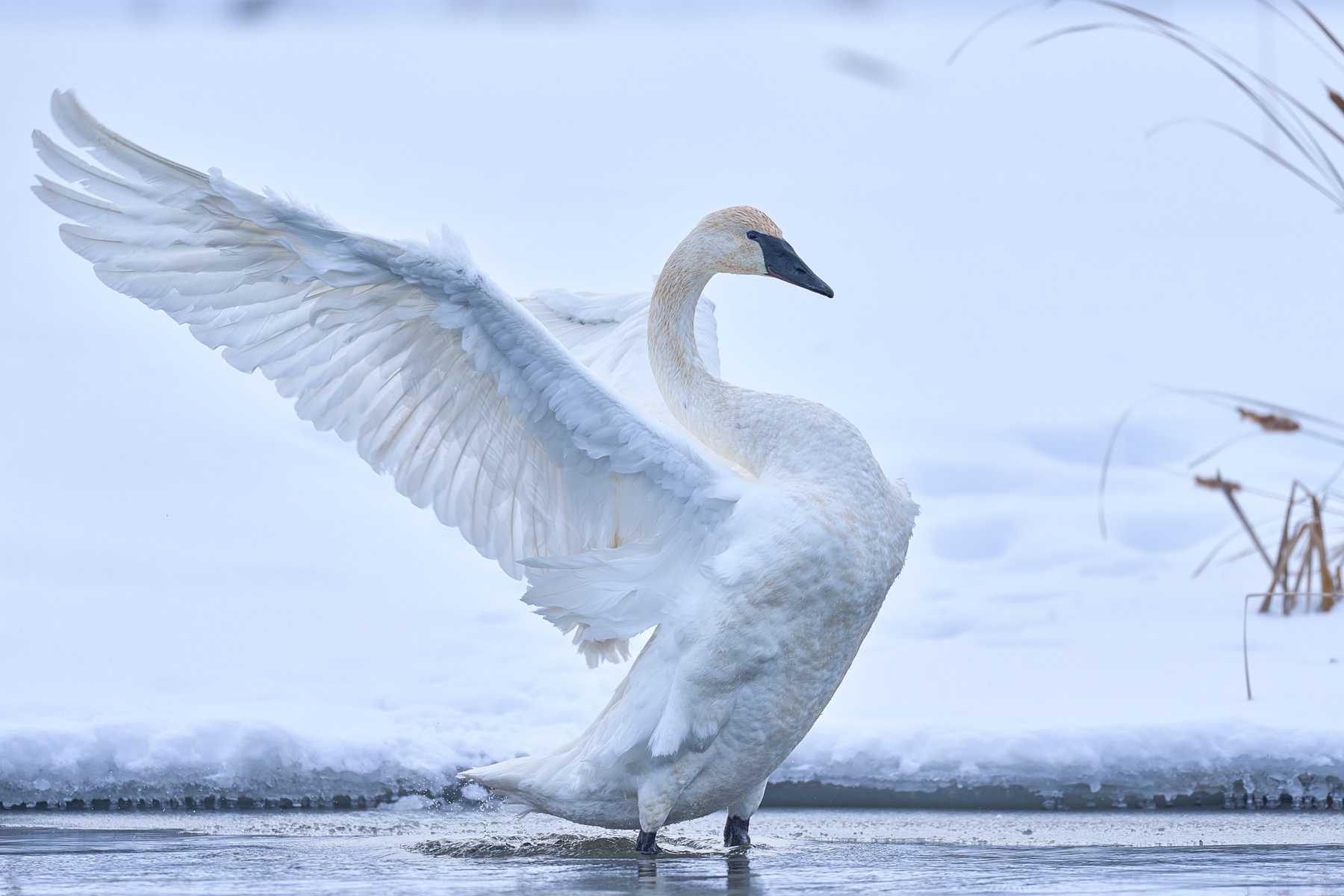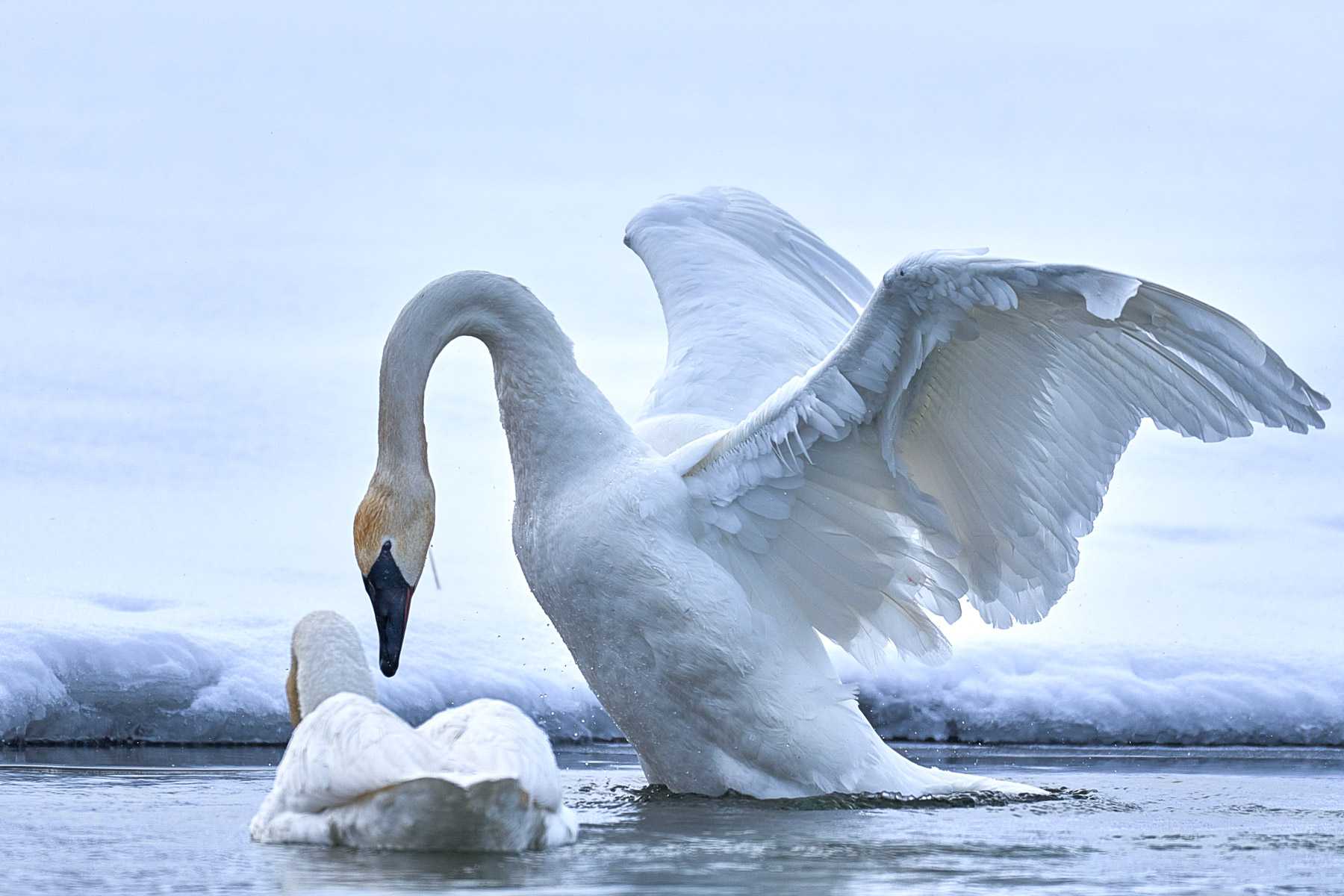Are you captivated by the beauty of nature? Have you driven to capture gorgeous wildlife images with rich and compelling stories behind them? If that is true, then becoming a professional in wildlife photography might be an ideal career path for you. This guide on how to begin as a wildlife photographer covers everything from learning more about this field and honing your craftsmanship when taking pictures, all the way through ethical thinking while shooting wildlife photos and diversifying income streams. Allowing one’s success over time! Let’s explore what steps must be taken to have great fortune as being successful bird/wildlife photographer!
Key Takeaways How to Get Started as a Wildlife Photographer in (2023)
- Unlock the potential of wildlife photography with essential gear, skills, and ethical considerations.
- Diversify your income streams to increase success in this field.
- Pursue opportunities and build your career through courses, job boards & contests for a rewarding experience!
Understanding Wildlife Photography
Capturing the beauty and diversity of wildlife in its most natural form is a captivating pursuit called nature photography. With animals often being elusive, shy away from light, and always moving around. Wildlife photographers must possess patience as well as technical skills to effectively capture meaningful shots worthy of admiration. It’s an art that requires lots of dedication Rewarding when achieving amazing photographs representing life deep within the wilds – making it one sought-after career path! To ensure success in this field you will need to stay on top of your learning habits while having creative ideas for anticipating these animal’s movements patterns shoot efficiently too!
Essential Gear for Aspiring Wildlife Photographers
Wildlife photography requires the right tools to take amazing wildlife photos too. A fast camera with quick reaction times and shutter speeds is a key part of capturing those fleeting moments in nature. Telephoto lenses allow photographers to get close-up shots without causing disruption, while sturdier tripods reduce unwanted camera shakes when shooting images of wild animals. Memory cards, bean bags, rain covers, and camouflage clothing are all useful accessories that can enhance any wildlife photographer’s ability to capture great photographs.
Knowledge about certain elements such as focus, aperture speed (shutter), ISO setting quality of lens, and stability will have an impact on image sharpness, reading tutorials from Nature TTL could help anyone interested deepen their understanding about an hour of these topics whilst acquiring important advice related to this craftsmanship activity. Investing properly into your gear is essential if you want people to pay good money for high-resolution pictures taken by professionals like yourself!
Developing Your Photography Skills
Polishing your photography technique is essential if you want to excel in wildlife photography. Enhancing this skill can lead to stunning visuals and provide insight into animal actions, habitats, and behavior. The more practice one has the better they will be at catching unique moments of nature’s phenomena.
Studying portfolios and photos from well-known photographers like those working for National Geographic could also aid your growth as a photographer. Analyzing their process may inspire creative ideas and build an individual style of shooting photos within you too! Courses or workshops are available that address areas such as lighting adjustment, camera setting optimization, composition refinement, or teaching about creature behaviors, these options help ensure progress when striving towards becoming a skilled wildlife photographer yourself!
Comprehending details concerning the subject matter greatly strengthens professional photographers’ chances greatly on acquiring powerful images through predicting reactions/movements accordingly – something very important that separates amateur snapshots from professional photographs with compelling narratives attached. Understanding animals puts aspiring photographers closer than ever before to reaching expert-level documentation capabilities showcasing true accounts of Mother Nature!
Building a Strong Portfolio
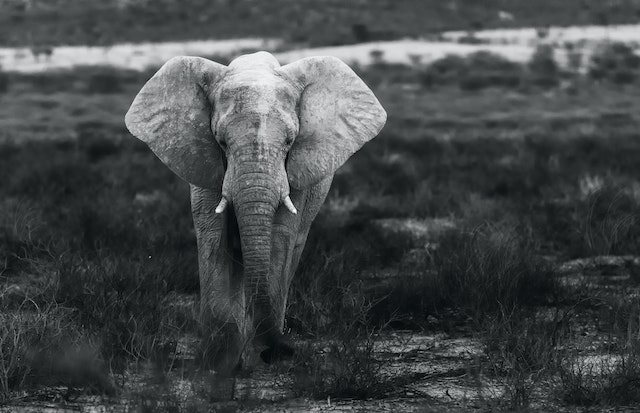
Building a quality portfolio that showcases your best work is integral in obtaining clients and job offers for wildlife photographers. Showcasing different creatures and backgrounds will demonstrate the versatility of one’s skills, thus enhancing their ability to succeed as a photographer. Networking with other professionals who specialize in this field can lead to collaborations or exchange of knowledge which ultimately could result favorably for both parties involved. Having an aesthetically pleasing website or stock photo sites where photographs are sold professionally may also contribute highly towards achieving success as well! It is essential then when constructing portfolios that only distinctive images be chosen since it communicates technical capabilities faster than just having plenty of pictures on display..
Networking and Collaborating with Other Photographers
Developing relationships with other photographers and professionals in the wildlife photography industry is essential for achieving success. Growing a professional network can open up many opportunities, from gaining advice to potentially finding job prospects. Participating in seminars, events or workshops provides valuable connections as well as important insights into the field of wildlife photography that may not be available elsewhere. Social media also offers an effective platform for connecting professionally while showcasing one’s work simultaneously – making it easier than ever before to communicate with colleagues and potential customers alike!
Working collaboratively on projects or photo shoots alongside other wildlife photographers helps create new possibilities whilst helping you acquire more recognition within your chosen area of expertise. Here we find everyone involved in photo shoots having something beneficial to offer each other – exchanging techniques & resources when taking pictures alongside nature’s beauty are just some examples!
Gaining Local Knowledge and Experience
Partnering with local communities and harnessing their knowledge can significantly advance your wildlife photography journey. By taking advantage of the valuable insight they possess, you can acquire outstanding wildlife shots that set you apart from others in this field.
In order to make Headway as a photographer, it is essential to obtain permits or licenses giving permission for access to particular land areas. Hence contacting authorities and landowners beforehand would be advantageous.
Establish connections among those engaged in animal conservation work, and research studies along with other photographers since networking has extensive positive consequences on one’s wildlife photography career – creating new chances for capturing animals while allowing entry of many photographers into otherwise off-limits regions being some examples hereof..
Embracing Patience and Adaptability
The art of photographing wildlife requires a photographer to possess patience and flexibility. Being able to adjust camera settings quickly in response to varied climate circumstances as well as the behaviors of animals makes for breathtaking imagery. Showing up early and being patient is advantageous when trying to capture uncommonly beautiful moments with wild creatures. If an optimal photo is not achieved at first, don’t be disheartened – visit the site multiple times, gain knowledge from your earlier visits, and eventually, you will seize that perfect shot!
Ethical Considerations in Wildlife Photography
Wildlife photographers must adhere to ethical standards and show respect for wild animals and their habitats when taking photographs. The safety of the subjects always takes precedence, meaning that any behavior that disrupts or negatively impacts them should be avoided at all times. Nature TTL has published a code of ethics in regard to wildlife photography that beginners may want to refer to as guidance on industry-accepted practices. It is important for these professionals not only to capture images showcasing nature’s beauty but also advocate conservation efforts while ensuring one their own work does not cause harm nor disturb the environment or its inhabitants. If during shooting you discover your presence disturbs an animal, leave immediately then adjust future approaches with this experience in mind. Photograph respectfully!
Diversifying Your Income Streams
Wildlife photographers can find ways to supplement their primary earnings by exploring various sources of income. Selling fine art prints, and photos online or taking part in local art school craft fairs are all great options for diversifying your portfolio and bringing additional revenue. Stock photography companies also provide an avenue to share one’s work with a wider audience while selling stock images can be another viable source of extra cashflow. Offering workshops and teaching other aspiring wildlife photographers is both rewarding financially as well as allows them the opportunity to pass on their knowledge and passion regarding this art form.
On average, professionals within the field bring home $20.56 per hour – making it possible for many individuals pursuing this career choice to make approximately $ 42,770 annually. With dedication towards continuously developing skill sets combined with an exploration into multiple avenues where paychecks may arise. Those who venture down this path have exciting possibilities ahead!
Pursuing Opportunities and Building Your Career
For those passionate about wildlife photography, an engaging and diverse career awaits. As a freelancer or employed photographer, you have plenty of options to capture nature’s beauty through images while working on projects that inspire passion in others for the natural world. To break into this dynamic field there are several strategies: one could search online job boards, apply for openings, join competitions with photos entered as entries, and submit work directly to sell prints to magazines, all avenues worth exploring if success is desired in this industry.
To develop Skills-wise it would be useful for most photographers to enrol in courses such as Paul Nicklen’s Wildlife Photography class which can help aspiring photographers gain recognition by publishing their best snaps! High-end camera equipment isn’t necessarily essential here. Persistence coupled with dedication provides just enough material needed to make progress towards building up an exciting lifetime profession surrounding wildlife imagery.
Summary
Launching into a career in wildlife photography can be thrilling and rewarding. To make it successful, one must gain knowledge about the field, master their photographic techniques to create an impressive portfolio of work, sell images, connect with other photographers who share similar interests, and diversify income sources.
Persistence is necessary for this type of venture as well as flexibility. Most importantly you should always maintain admiration for nature when taking pictures of the animals tend their wild inhabitants. Pursue your dream that will allow you to document the stunning creatures inhabiting our planet, and show them off from behind the lens.
Frequently Asked Questions
How do I get started in wildlife photography?
To commence your journey in wildlife photography, you need to have the proper equipment and gain knowledge of the market. When taking shots be patient and ready for anything that comes up, take lots of pictures! Perfecting technique is essential for great photos so don’t forget to refine it as much as possible.
How hard is it to get into wildlife photography?
Photographing wildlife may involve perseverance and practice, but it can ultimately result in a job that enables you to take pictures of animals living naturally. It is suggested not to dive straight into this type of wildlife photography tips as doing so without first developing a comfort level with the camera could cause difficulty in getting satisfactory shots.
Do wildlife photographers make money?
By applying hard work and dedication to wildlife photography, while also familiarizing oneself with the business aspects of it, making a living as a photographer is attainable. Income can be generated through various means such as selling prints or licensing images to stock agencies. Even monetizing one’s social media following to sell photos could open up opportunities for profits in this field.
How long does it take to be a wildlife photographer?
If you are eager to become a wildlife photographer, then the realization of this dream is only two or four years away by taking up an education in photography. Why not take action and turn those aspirations into reality? Wildlife photographers can make their dreams come true with just some investing!
What essential gear should I invest in for wildlife photography?
Successful wildlife photography requires a speedy camera, telephoto lens, tripod, and memory cards as well as rain covers, bean bags headlamps, and camouflage clothing.
